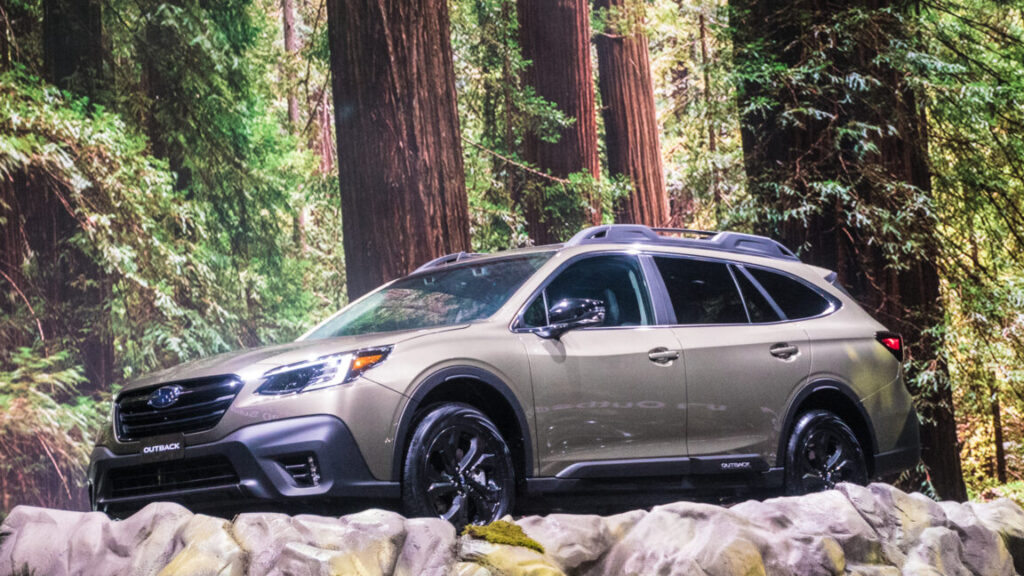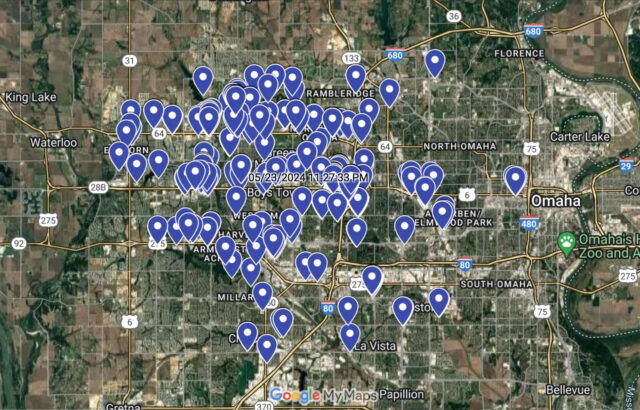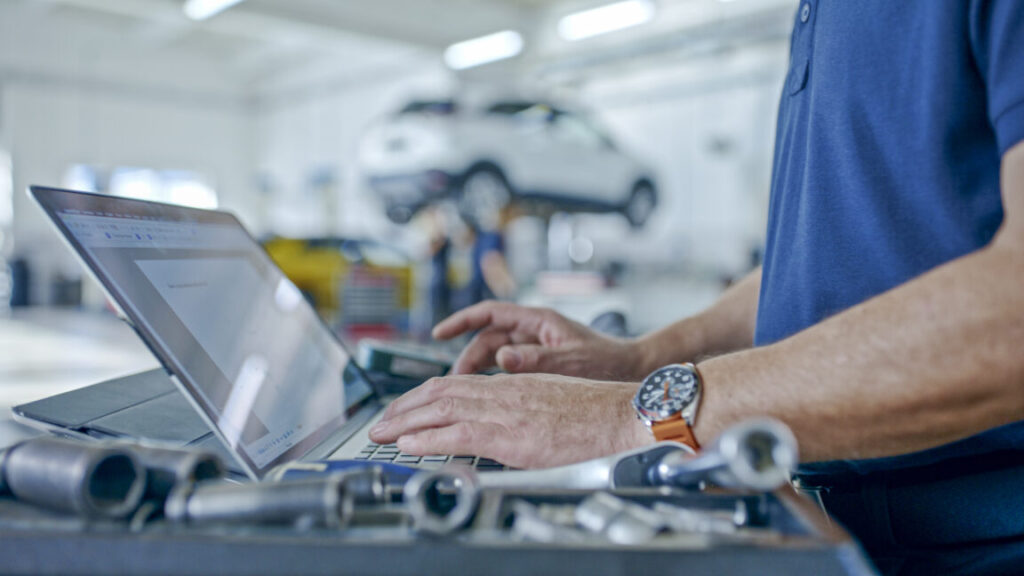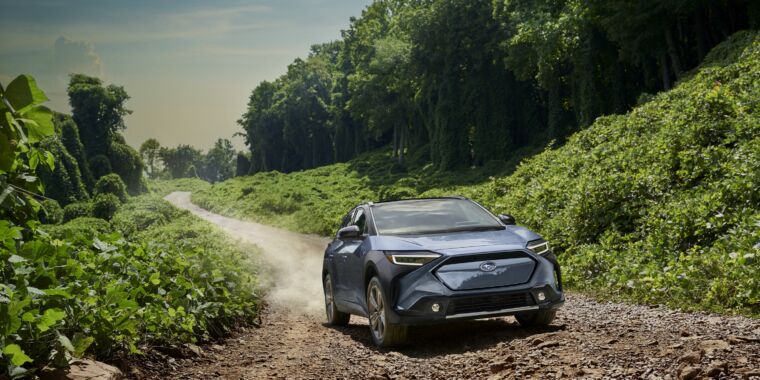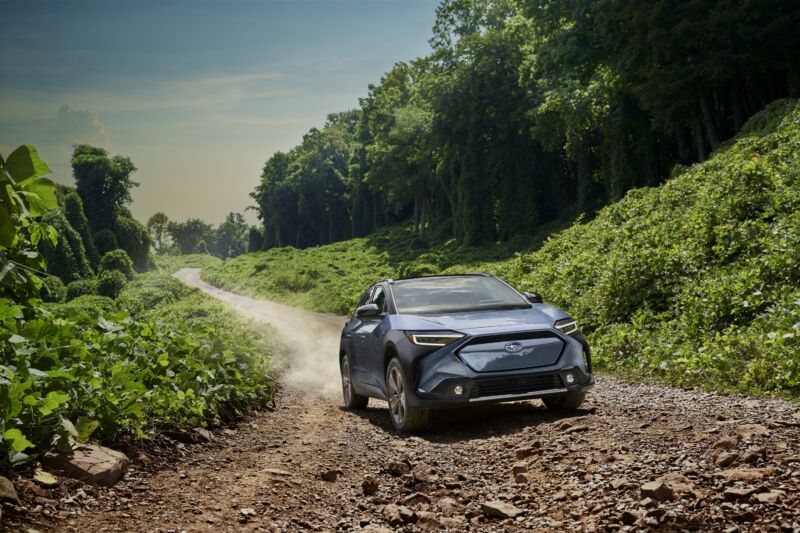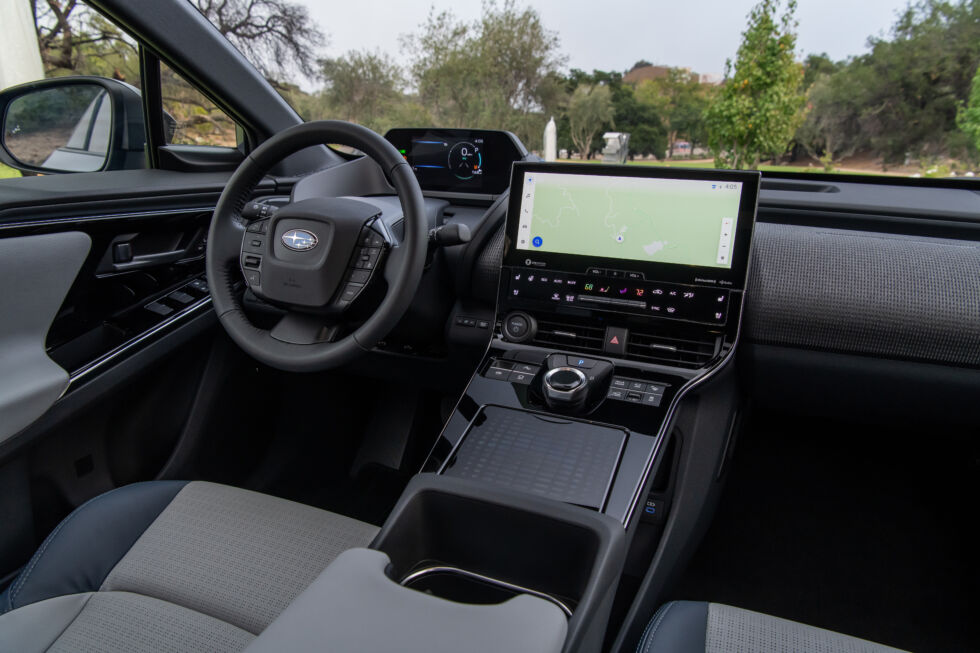Millions of Subarus could be remotely unlocked, tracked due to security flaws
Flaws also allowed access to one year of location history.
About a year ago, security researcher Sam Curry bought his mother a Subaru, on the condition that, at some point in the near future, she let him hack it.
It took Curry until last November, when he was home for Thanksgiving, to begin examining the 2023 Impreza’s Internet-connected features and start looking for ways to exploit them. Sure enough, he and a researcher working with him online, Shubham Shah, soon discovered vulnerabilities in a Subaru web portal that let them hijack the ability to unlock the car, honk its horn, and start its ignition, reassigning control of those features to any phone or computer they chose.
Most disturbing for Curry, though, was that they found they could also track the Subaru’s location—not merely where it was at the moment but also where it had been for the entire year that his mother had owned it. The map of the car’s whereabouts was so accurate and detailed, Curry says, that he was able to see her doctor visits, the homes of the friends she visited, even which exact parking space his mother parked in every time she went to church.
A year of location data for Sam Curry’s mother’s 2023 Subaru Impreza that Curry and Shah were able to access in Subaru’s employee admin portal thanks to its security vulnerabilities. Credit: Sam Curry
“You can retrieve at least a year’s worth of location history for the car, where it’s pinged precisely, sometimes multiple times a day,” Curry says. “Whether somebody’s cheating on their wife or getting an abortion or part of some political group, there are a million scenarios where you could weaponize this against someone.”
Curry and Shah today revealed in a blog post their method for hacking and tracking millions of Subarus, which they believe would have allowed hackers to target any of the company’s vehicles equipped with its digital features known as Starlink in the US, Canada, or Japan. Vulnerabilities they found in a Subaru website intended for the company’s staff allowed them to hijack an employee’s account to both reassign control of cars’ Starlink features and also access all the vehicle location data available to employees, including the car’s location every time its engine started, as shown in their video below.
Curry and Shah reported their findings to Subaru in late November, and Subaru quickly patched its Starlink security flaws. But the researchers warn that the Subaru web vulnerabilities are just the latest in a long series of similar web-based flaws they and other security researchers working with them have found that have affected well over a dozen carmakers, including Acura, Genesis, Honda, Hyundai, Infiniti, Kia, Toyota, and many others. There’s little doubt, they say, that similarly serious hackable bugs exist in other auto companies’ web tools that have yet to be discovered.
In Subaru’s case, in particular, they also point out that their discovery hints at how pervasively those with access to Subaru’s portal can track its customers’ movements, a privacy issue that will last far longer than the web vulnerabilities that exposed it. “The thing is, even though this is patched, this functionality is still going to exist for Subaru employees,” Curry says. “It’s just normal functionality that an employee can pull up a year’s worth of your location history.”
When WIRED reached out to Subaru for comment on Curry and Shah’s findings, a spokesperson responded in a statement that “after being notified by independent security researchers, [Subaru] discovered a vulnerability in its Starlink service that could potentially allow a third party to access Starlink accounts. The vulnerability was immediately closed and no customer information was ever accessed without authorization.”
The Subaru spokesperson also confirmed to WIRED that “there are employees at Subaru of America, based on their job relevancy, who can access location data.” The company offered as an example that employees have that access to share a vehicle’s location with first responders in the case when a collision is detected. “All these individuals receive proper training and are required to sign appropriate privacy, security, and NDA agreements as needed,” Subaru’s statement added. “These systems have security monitoring solutions in place which are continually evolving to meet modern cyber threats.”
Responding to Subaru’s example of notifying first responders about a collision, Curry notes that would hardly require a year’s worth of location history. The company didn’t respond to WIRED asking how far back it keeps customers’ location histories and makes them available to employees.
Shah and Curry’s research that led them to the discovery of Subaru’s vulnerabilities began when they found that Curry’s mother’s Starlink app connected to the domain SubaruCS.com, which they realized was an administrative domain for employees. Scouring that site for security flaws, they found that they could reset employees’ passwords simply by guessing their email address, which gave them the ability to take over any employee’s account whose email they could find. The password reset functionality did ask for answers to two security questions, but they found that those answers were checked with code that ran locally in a user’s browser, not on Subaru’s server, allowing the safeguard to be easily bypassed. “There were really multiple systemic failures that led to this,” Shah says.
The two researchers say they found the email address for a Subaru Starlink developer on LinkedIn, took over the employee’s account, and immediately found that they could use that staffer’s access to look up any Subaru owner by last name, zip code, email address, phone number, or license plate to access their Starlink configurations. In seconds, they could then reassign control of the Starlink features of that user’s vehicle, including the ability to remotely unlock the car, honk its horn, start its ignition, or locate it, as shown in the video below.
Those vulnerabilities alone, for drivers, present serious theft and safety risks. Curry and Shah point out that a hacker could have targeted a victim for stalking or theft, looked up someone’s vehicle’s location, then unlocked their car at any time—though a thief would have to somehow also use a separate technique to disable the car’s immobilizer, the component that prevents it from being driven away without a key.
Those car hacking and tracking techniques alone are far from unique. Last summer, Curry and another researcher, Neiko Rivera, demonstrated to WIRED that they could pull off a similar trick with any of millions of vehicles sold by Kia. Over the prior two years, a larger group of researchers, of which Curry and Shah are a part, discovered web-based security vulnerabilities that affected cars sold by Acura, BMW, Ferrari, Genesis, Honda, Hyundai, Infiniti, Mercedes-Benz, Nissan, Rolls Royce, and Toyota.
More unusual in Subaru’s case, Curry and Shah say, is that they were able to access fine-grained, historical location data for Subarus going back at least a year. Subaru may in fact collect multiple years of location data, but Curry and Shah tested their technique only on Curry’s mother, who had owned her Subaru for about a year.
Curry argues that Subaru’s extensive location tracking is a particularly disturbing demonstration of the car industry’s lack of privacy safeguards around its growing collection of personal data on drivers. “It’s kind of bonkers,” he says. “There’s an expectation that a Google employee isn’t going to be able to just go through your emails in Gmail, but there’s literally a button on Subaru’s admin panel that lets an employee view location history.”
The two researchers’ work contributes to a growing sense of concern over the enormous amount of location data that car companies collect. In December, information a whistleblower provided to the German hacker collective the Chaos Computer Computer and Der Spiegel revealed that Cariad, a software company that partners with Volkswagen, had left detailed location data for 800,000 electric vehicles publicly exposed online. Privacy researchers at the Mozilla Foundation in September warned in a report that “modern cars are a privacy nightmare,” noting that 92 percent give car owners little to no control over the data they collect, and 84 percent reserve the right to sell or share your information. (Subaru tells WIRED that it “does not sell location data.”)
“While we worried that our doorbells and watches that connect to the Internet might be spying on us, car brands quietly entered the data business by turning their vehicles into powerful data-gobbling machines,” Mozilla’s report reads.
Curry and Shah’s discovery of Subaru’s security vulnerabilities in its tracking demonstrate a particularly egregious exposure of that data—but also a privacy problem that’s hardly less disturbing now that the vulnerabilities are patched, says Robert Herrell, the executive director of the Consumer Federation of California, which has sought to create legislation for limiting a car’s data tracking.
“It seems like there are a bunch of employees at Subaru that have a scary amount of detailed information,” Herrell says. “People are being tracked in ways that they have no idea are happening.”
This story originally appeared on wired.com.
Millions of Subarus could be remotely unlocked, tracked due to security flaws Read More »
